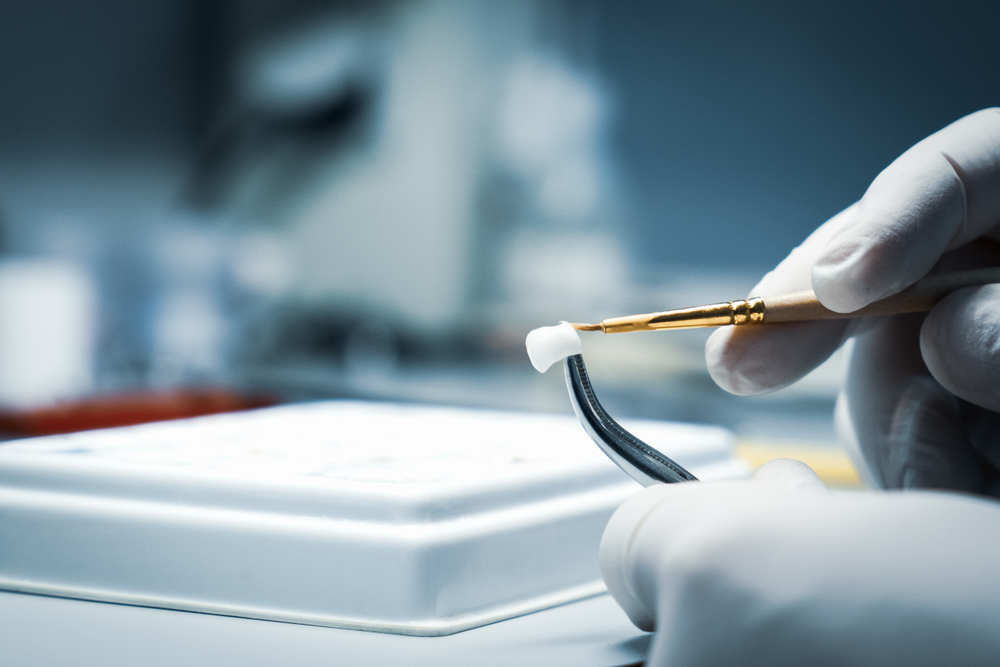There are several dental treatments that require proper attention after the initial appointment to maintain their purposes, and Invisalign treatments are great examples. Some very basic approaches during and after Invisalign treatments will help ensure that this increasingly popular method of dental aligners is as effective as possible.
At Midnight Sun Dental, we’re here to offer the very best Invisalign treatments available around Anchorage, Eagle River, Wasilla, and nearby areas, including Invisalign aftercare recommendations and more to ensure your treatments perform optimally. Here are some tips for Invisalign treatments themselves and Invisalign aftercare to maintain a healthy, beautiful smile.
Keeping Teeth Clean Before and During Invisalign Treatment
Both before and during Invisalign treatments, it’s important to maintain good oral hygiene. This includes brushing your teeth at least twice a day with fluoride toothpaste and flossing daily. It’s also recommended to use an antibacterial mouthwash to help prevent any infections or bacteria from forming in the mouth.
It’s especially important to keep your teeth clean while wearing the Invisalign aligners. Since they are removable, it’s easy for food particles and bacteria to get trapped between the aligners and your teeth. To avoid this, make sure to brush your teeth after every meal before putting the aligners back in.
Importance of Wearing Retainers
One of the simplest ways to maintain your smile using Invisalign aligners: You have to wear them! You’d be surprised how often people forget that simple step. Just like with traditional braces, it’s important to wear your aligners for the recommended amount of time each day in order for them to effectively straighten your teeth.
But the treatment doesn’t end when you finish wearing the aligners. In order to maintain your newly aligned smile, it’s essential to wear a retainer after completing Invisalign treatment. Retainers are custom-made devices that help prevent your teeth from shifting back into their original positions.
There are different types of retainers available, and your orthodontist will determine which one is best suited for you based on your individual needs. It’s important to follow the instructions given by your orthodontist regarding wearing the retainer.
Possible Food Restrictions
In some cases, your orthodontist may advise you to avoid certain types of food during Invisalign treatment. This is because some foods can get stuck in the aligners or cause damage to the aligner trays. It’s important to follow these restrictions to ensure that your treatment progresses smoothly and effectively.
Foods that are sometimes restricted during Invisalign treatment include:
- Sticky foods such as chewing gum, caramels, and gummy candies
- Hard foods such as nuts, hard candies, and raw vegetables
- Sugary foods like cookies, cakes, and soda
- Acidic foods and drinks like citrus fruits and juices
Proper Invisalign Hygiene
When you wear Invisalign aligners, it’s important to maintain good oral hygiene. This means following a proper dental care routine that includes brushing and flossing after every meal or snack. You should also gently clean your aligner trays before putting them back in your mouth.
In addition to cleaning your teeth and aligners regularly, it’s recommended to visit your dentist for regular check-ups and cleanings during Invisalign treatment. Your dentist can ensure that your teeth and gums are healthy and make any necessary adjustments to keep your treatment on track.
Maintaining Invisalign Results Long-Term
In addition to what we’ve gone over so far, here are some basic tips on how to maintain your Invisalign results long-term:
- Continue wearing your retainer as directed by your dentist. This will help prevent your teeth from shifting back to their original positions.
- Follow good oral hygiene practices, including brushing twice a day and flossing daily.
- Avoid eating hard or sticky foods that can damage your aligners or cause them to become dislodged.
- If you play sports, be sure to wear a mouthguard to protect both your teeth and aligners.
- Visit your dentist regularly for check-ups and cleanings, even after completing Invisalign treatment.
Furthermore, be sure to check in with your dentist if you’re having any kind of discomfort or noticing any changes in your alignment. They can provide guidance and make any necessary adjustments to ensure your continued progress.
At Midnight Sun Dental, we’re here to provide the best Invisalign treatment and Invisalign aftercare services available around Anchorage, Eagle River, Wasilla, and nearby areas. Contact us today to learn more or to schedule an appointment for these or any other dental needs in the area!








